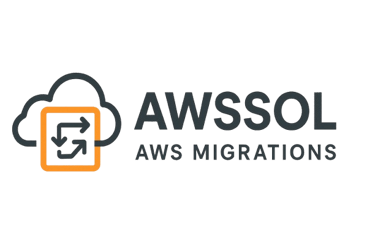FinOps Best Practices in Cloud: Maximizing Efficiency and Cost Savings
10/12/20252 min read


Introduction to FinOps in the Cloud
In the rapidly evolving cloud landscape, the need for efficient financial management is more critical than ever. FinOps, short for Financial Operations, merges finance, engineering, and product teams to optimize cloud costs continually. Implementing effective FinOps best practices can yield significant cost savings, improved efficiency, and provide a framework for accountability in cloud spending.
Establishing a FinOps Culture
To successfully implement FinOps in your organization, establishing a strong FinOps culture is paramount. This requires aligning finance and engineering teams to collaborate openly on budget allocations, spending forecasts, and resource usage. Encouraging transparency in cloud spending enables teams to build a sense of ownership and responsibility towards financial outcomes. Cultivating this culture fosters informed decision-making and empowers teams to identify cost-saving opportunities.
Setting Up Clear Visibility and Accountability
One of the central tenets of FinOps best practices is establishing clear visibility into cloud expenditures. By employing comprehensive monitoring tools and dashboards, organizations can track their spending patterns on a granular level. This visibility helps in identifying inefficiencies, such as underutilized resources or unexpected spikes in costs. Additionally, defining accountability across teams ensures that responsibility for cloud costs is clearly mapped, enabling proactive management of resources and budget.
Regular Cost Optimization Reviews
Implementing FinOps practices doesn't end with the establishment of a collaborative culture and enhanced visibility. Regular cost optimization reviews are essential for continual improvement. These reviews should encompass thorough assessments of cloud usage patterns and financial reports, allowing teams to make informed tweaks to their cloud strategies. Utilizing automated tools to analyze spending trends and resource performance can help to identify cost-saving tactics, such as rightsizing instances, leveraging reserved instances, or utilizing spot instances for non-critical workloads.
Leverage Automation and Cloud Cost Management Tools
Employing automation in your FinOps strategy is a best practice that can dramatically enhance efficiency. Tools dedicated to cloud cost management can simplify budgeting processes and ensure that teams operate within their financial constraints. These tools can automate cost allocation, manage budgets, and provide recommendations for optimizing cloud usage. By leveraging technology effectively, organizations can streamline their FinOps processes and free up valuable time for strategic decision-making.
Conclusion
In conclusion, adopting FinOps best practices in the cloud enables organizations to minimize costs while maximizing resource utilization. By fostering a collaborative culture, ensuring visibility and accountability, conducting regular reviews, and leveraging automation, businesses can effectively manage their cloud expenditure. The right FinOps approach not only leads to significant cost savings but also contributes to the overall strategic growth of the organization in a competitive landscape.
